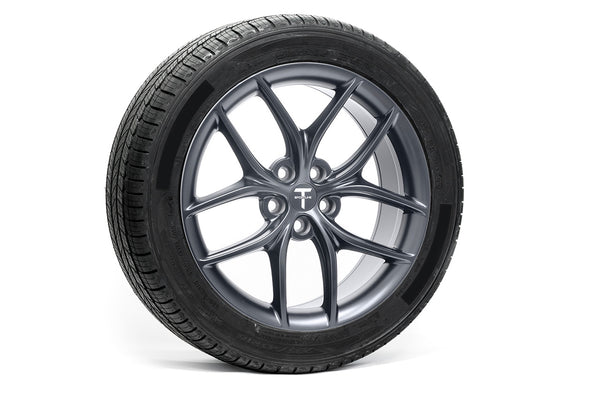The thing that I've learned is that, apart from at less than 20% SoC, the 5L always has less available power than the 3L. Both exhibit a rapid reduction of power below 20% SoC, which will significantly reduce the performance. The 5L is the least worst in this regard. I thought that the 5L might have more available power than the 3L at lower temperatures. This, I thought, would provide better performance without needing to actively warm the battery pack or in cooler climates (like the UK). The available power of the 5L is closest to the 3L when warm (30C) and worse when colder.
The performance of the M3P is entirely dependent on the available battery power. In this regard over 80% of the usual SoC range and temperature the 3L will provide better performance. I wouldn't categorise it as a good change. It is probably motivated by cost saving and/or holding the current price of the M3P, whilst the still meeting the published homogeneous performance stats, across a number of battery and motor sub-systems.
There's always a trade-off though and it could be that the 5L will have lower degradation than the 3L. Looking at some charts from Teslalogger.de the 3L has typically degraded by 7.3% at 50,000km vs. 6.4% for the 5L.
M3 LR P 2021
View attachment 812509
M3 LR
View attachment 812510



